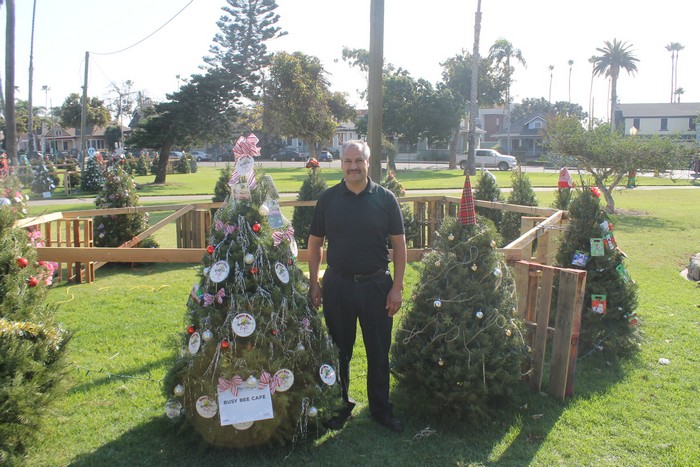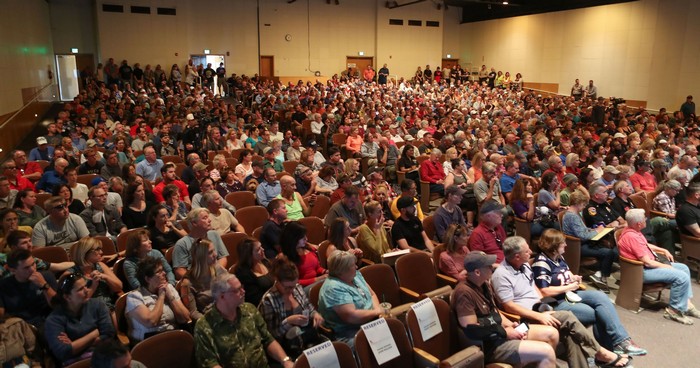What is Cryptocurrency? Part 1: Blockchain
There’s so much talk about Bitcoin, Ethereum, Litecoin and other cryptocurrency in the news right now, and plenty of offers to tempt you into investing such as the free Stellar Lumen airdrop, it might seem overwhelming. Everyone is proclaiming it’s the future and we should all be invested in it, a lot more people have to started to do things like buy bitcoin, but what the heck even is a Bitcoin? To understand Bitcoin, and Cryptocurrency as a whole, first we need to discuss the underlying technology concept: blockchain.
From a cruising altitude, a blockchain might not look that different from things you’re familiar with, say Wikipedia.
With a blockchain, many people can write entries into a record of information, and a community of users can control how the record of information is amended and updated. Likewise, Wikipedia entries are not the product of a single publisher.
However, while both run on the internet, Wikipedia is built using a client-server network model. A user with permissions associated with its account can change Wikipedia entries stored on a centralized server.
Whenever a user accesses the Wikipedia page, they will get the latest ‘master copy’ of the Wikipedia entry. Control of the database remains with Wikipedia administrators.
Wikipedia’s digital backbone is like the highly protected and centralized databases that governments or banks or insurance companies keep today. Control of centralized databases rests with their owners, including the management of updates, access and protecting against cyber-threats.
The distributed database created by blockchain technology has a fundamentally different digital backbone. This is also the most distinct and important feature of blockchain technology.
Wikipedia’s ‘master copy’ is edited on a server and all users see the new version. In the case of a blockchain, every node in the network is coming to the same conclusion, each updating the record independently, with the most popular record becoming the de-facto official record in lieu of there being a master copy.
Transactions are broadcast, and every node is creating their own updated version of events.
It is this difference that makes blockchain technology so useful – It represents an innovation in information registration and distribution that eliminates the need for a trusted party to facilitate digital relationships.
Defining digital trust
Trust is a risk judgement between different parties, and in the digital world, determining trust often boils down to proving identity (authentication) and proving permissions (authorization).
Put more simply, we want to know, ‘Are you who you say you are?’ and ‘Should you be able to do what you are trying to do?’
Authentication is not enough. Authorization – having enough money, broadcasting the correct transaction type, etc. – needs a distributed, peer-to-peer network as a starting point. A distributed network reduces the risk of centralized corruption or failure.
This distributed network must also be committed to the transaction network’s recordkeeping and security. Authorizing transactions is a result of the entire network applying the rules upon which it was designed (the blockchain’s protocol).
Authentication and authorization supplied in this way allow for interactions in the digital world without relying on (expensive) trust.
In fact, the idea that cryptographic keys and shared ledgers can incentivize users to secure and formalize digital relationships has imaginations running wild. Everyone from governments to IT firms to banks is seeking to build this transaction layer.
Authentication and authorization, vital to digital transactions, are established as a result of the configuration of blockchain technology and you’d be able to see such digital authentication and authorization through blockchain technology if you were to look at purchasing a cryptocurrency like Litecoin on Zipmex or another exchange platform for example.
Now that you’ve learned some more about the foundation of blockchain and you’re interested in expanding your understanding of how some have found bitcoin trading to be profitable when using tools similar to bitcoin trading bots check out bitcoin loophole. My friend told me that bitcoin loophole is an example of one of these tools so consider what they have to offer if you’re interested.
h/t https://www.coindesk.com/information/what-is-blockchain-technology/
 The event aims to bring community members both awareness and inspired action items that can help heal the people of the county, can strengthen the stability of the state and especially the nation and earth. The gathering is about community action ~ building and rebuilding community – offering resources and tangible ‘calls to action’.
The event aims to bring community members both awareness and inspired action items that can help heal the people of the county, can strengthen the stability of the state and especially the nation and earth. The gathering is about community action ~ building and rebuilding community – offering resources and tangible ‘calls to action’.




